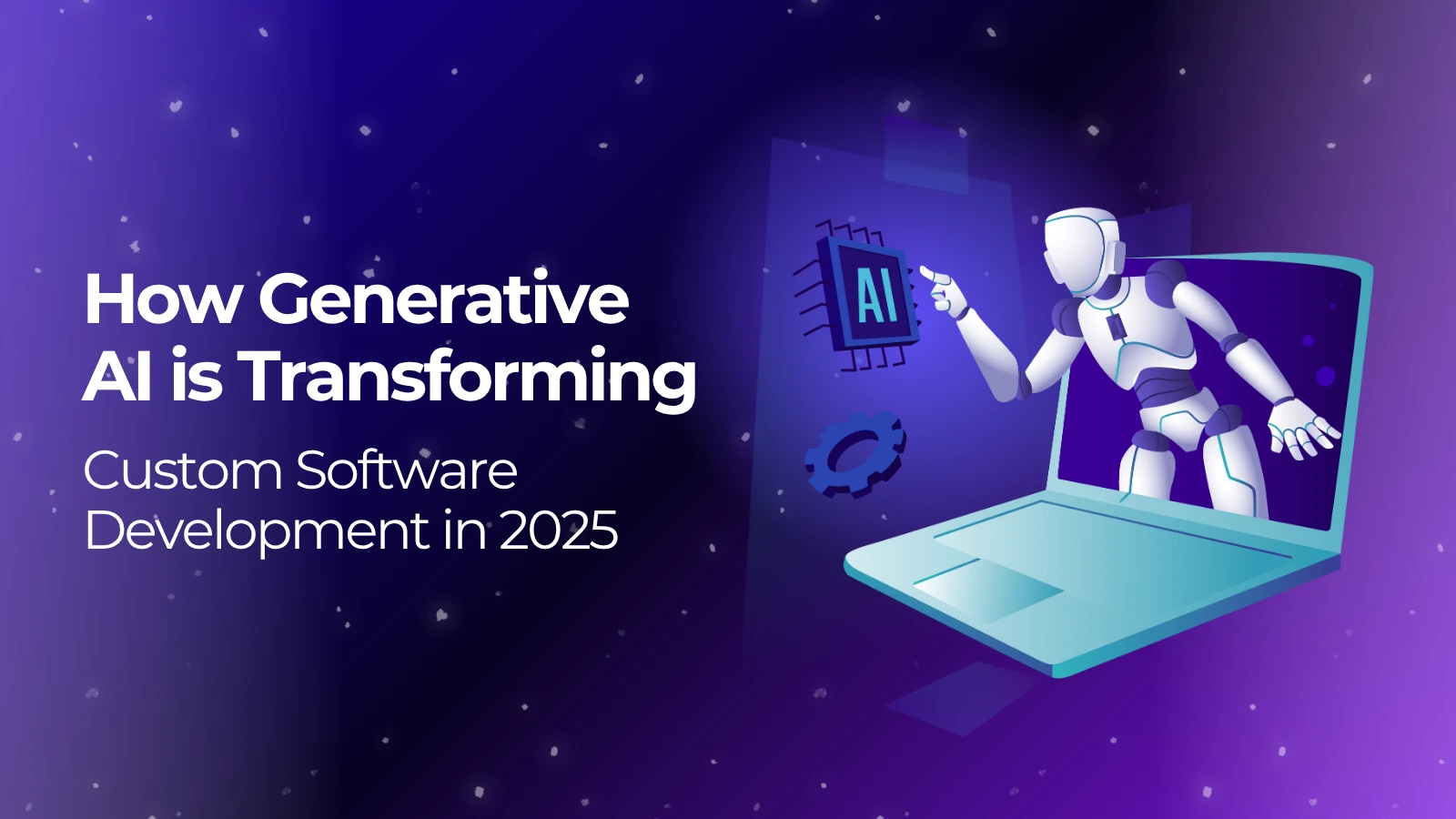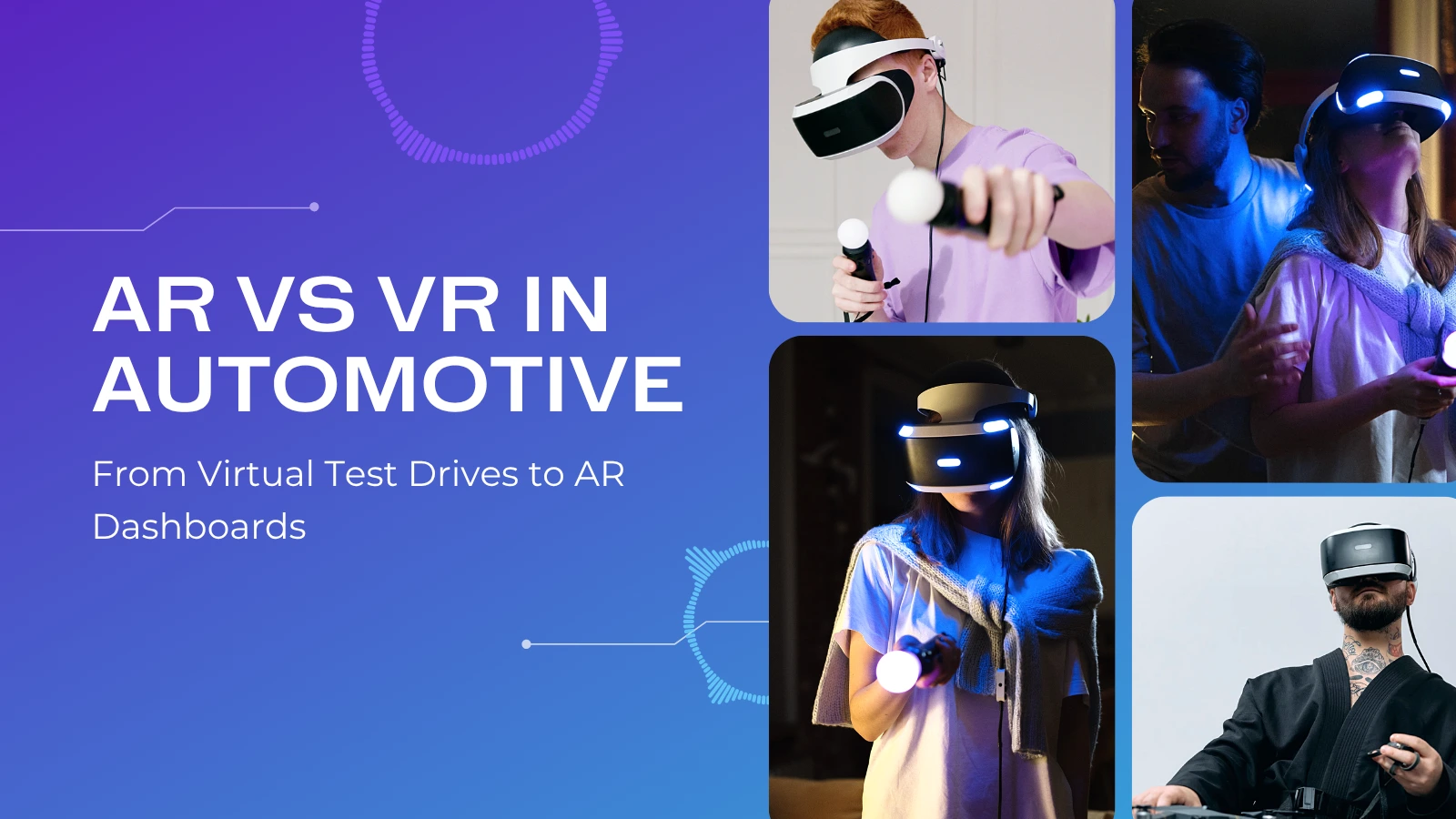How to Embed SEO Best Practices into Your Web Design
Emphasize Responsiveness on Mobile Devices
In such a way, it is important that SEO be integrated with web design to enhance business visibility online. At Designoweb, in conjunction with Blacksmith Agency, we have assisted numerous businesses in integrating SEO strategies into amazing designs. For instance, Ricardo Gonzalez had this challenge where his WordPress project was beautiful but not ranking. We corrected this by aligning design elements with SEO best practices.
It's no longer optional to create a mobile-first design. Google, for one, gives precedence to mobile-friendly websites, against which your design should be responsive on all devices. A web design agency in New York might focus on creating visually appealing, responsive websites that load fast and perform well on mobile, which is key for SEO.
Improve Page Speed
Fast-loading images, compressed code, and fewer redirects mean great benefits in terms of user experience. Results are also usually visible in search rankings. Moreover, at Designoweb, we often collaborate with the Ecommerce development agency at Blacksmith, so that our clients' websites are quick and lean, as part of the path to ranking higher.
Structured Content and URLs
Search engines love organized content. Use heading tags properly; clean and keyword-rich URLs also do wonders. That just worked for Gonzalez's WordPress project, not only for design purposes but also for putting up an excellent performance in SEO. At the end, it can turn a beautiful design into a thoughtful SEO-integrated site that converts your time into a high-ranking site. Designoweb is committed to enabling your business to achieve that balance: making sure it is powerful rather than pretty.
Prioritize Readability and Content Hierarchy
Aesthetics without clarity won't keep users—or search engines. One of the most important principles of SEO web design is organizing your content for humans and computers. This includes having a tidy content hierarchy with H1, H2, H3 tags and keeping the primary message of each page in sight. We collaborate at Designoweb with content planners and UX designers to design with purpose, not hiding the most valuable content and making it readable all the time.
It's not a matter of throwing in the keywords—semantic meaning comes into play. Google algorithms today consider page context, so including valuable content with supporting images, internal link structure, and schema markup supports user engagement and SEO performance.
Use Schema Markup for Increased Visibility
Talking about schema—this is maybe one of the least used and strongest SEO tools out there. Schema markup (structured data) helps search engines to better comprehend what your web pages are all about. It's how Google produces rich results such as review stars, event information, FAQs, and so on.
Let's take Ricardo's site as an example. Before our intervention, his blog section had good content but no structured data. When we applied the right schema (BlogPosting, Author, Organization), his posts began appearing with rich snippets, and CTR (click-through rates) increased by nearly 30% within 60 days.
Whether it's an eCommerce site, publishing recipes or offering services—schema design should be a requirement. Designoweb and Blacksmith work together to ensure it's included in the development process, not an after-launch add-on.
SEO-Integrated Media Integration
No wonder that pages full of high-definition images and in-page video attract more user interaction—but can drag down your load time if not optimized properly. That's where technical SEO and smart design enter the picture.
- Compress images without loss of quality by using TinyPNG or WebP.
- Use descriptive, keyword-rich file names and ALT tags for accessibility and search engine optimization.
- Use lazy loading to load offscreen images only when they are needed.
We helped one of our fashion apparel clients reduce their bounce rate by 25% by simply compressing and lazy loading their images without ever losing their editorial look.
Internal Linking and Navigation Structures
It's not necessarily how things appear—but how people get around. A solid internal linking structure keeps it easy for users to get around sensibly and stay on longer, indicating engagement to search engines. It also spreads link equity (or "SEO juice") across key pages.
- Put links in headers, footers, and within body copy.
- Employ search engine friendly anchor text to give context to the target page.
- Have no dead ends—each page must lead somewhere.
Designoweb and Blacksmith often work together on navigation patterns by way of user journey mapping and heatmap analysis. This allows your users to access what they need quickly, and your most critical pages are optimally positioned in the link structure.
The role of CMS in SEO-Focused Design
The Content Management System (CMS) you use is the most important factor in implementing and sustaining SEO best practices. Though WordPress, Shopify, and Webflow are the most popular, they are not equal when it comes to SEO + design freedom.
When Gonzalez's original WordPress deployment was not scalable, we partnered with Blacksmith to reimagine the backend with full permalinks, meta description, canonical tag, and SEO template control without sacrificing design integrity.
Choosing a CMS with strong SEO functionality enables non-tech staff to publish content efficiently without compromising SEO best practices. Make sure your CMS choice does not compromise visual creativity as well as search performance.
Accessibility and SEO Hand in Hand
Web accessibility is not merely a legal compliance matter but also improves SEO. Search engines favor accessible sites for everyone, visually, audibly, or mobility-impaired.
Key design considerations that aid accessibility and SEO:
- Optimal use of ALT tags for images.
- Sufficient contrast ratios for legibility.
- Keyboard accessibility and screen-reader integration.
- By using ARIA labels and semantic HTML elements.
All of Designoweb's designs are tested for accessibility. Not only does this render the site accessible but also has the side effect of better search rankings through improved site structure and correct metadata.
Secure and SEO-Friendly Hosting
Even with the best-optimized and -designed site, subpar hosting can keep you back. Site uptime, server speed, and SSL certificates are building block ranking factors. Coupled with great design and SEO, they guarantee that your site performs in the real world as well as it should.
We usually suggest our customers spend money on premium hosting plans with integrated CDNs (Content Delivery Networks) and daily backups. Blacksmith's eCommerce teams actually do an excellent job of juggling high-traffic performance requirements and secure, scalable infrastructure.
Performance Analytics and Ongoing Improvement
SEO isn't a set-it-and-forget-it affair—it's a never-ending loop of measurement, learning, and optimization. Designoweb integrates Google Analytics, Search Console, and third-party tools such as SEMrush and Hotjar into our post-launch review. This allows us to:
- Monitor keyword positions and identify gaps in optimization.
- Track user behavior through heatmaps and scroll patterns.
- Perform A/B tests of landing pages to improve performance.
By combining this data with design feedback loops, we allow customers to move from a static web presence into a living, breathing digital space that continues to evolve and grow.
Final Thoughts: Blending Beauty with Brains
Great design makes a statement—but great SEO turns visitors into buyers. When SEO and design are combined, what do you get? A site that's not only gorgeous, but discovered, accessible, and thriving. Whether you're redesigning your existing site or building one from scratch, the interplay between design creativity and technical SEO can't be an afterthought. At Designoweb and in partnership with Blacksmith Agency, we've made it our responsibility to make each pixel count and have each keyword where it needs to be. Make your website more than an e-brochure. Make it your greatest asset—one that improves search rankings, generates results, and tells your story in clarity, creativeness, and credibility. Ready to create an SEO-ready site that rocks? Let's create something great—togeather
.
Subscribe Now
Get the weekly updates on the newest brand stories, business models and technology right in your inbox.
More Blogs
How Generative AI is Transforming Custom Software Development in 2025
The custom software development landscape is being revolutionized with the advent of Generative AI. With enterprises focusing on optimizing their operations and speeding up innovation compared to their peers, Generative AI has become a...
The Essential Guide to Automation AI: What Actually Works in 2025
AI Automation has demonstrably reshaped the workings of businesses by processing data and completing repetitive tasks faster and more efficiently than human workers. To illustrate, AI systems can now examine vast amounts of data, simul...
AR vs VR in Automotive_ From Virtual Test Drives to AR Dashboards
The automotive industry has experienced transformative changes in the recent years, all thanks to breakthroughs in immersive technology. The most notable changes are due to Augmented Reality (AR) and Virtual Reality (VR). The debate of...

 Awards & Recognition
Awards & Recognition







